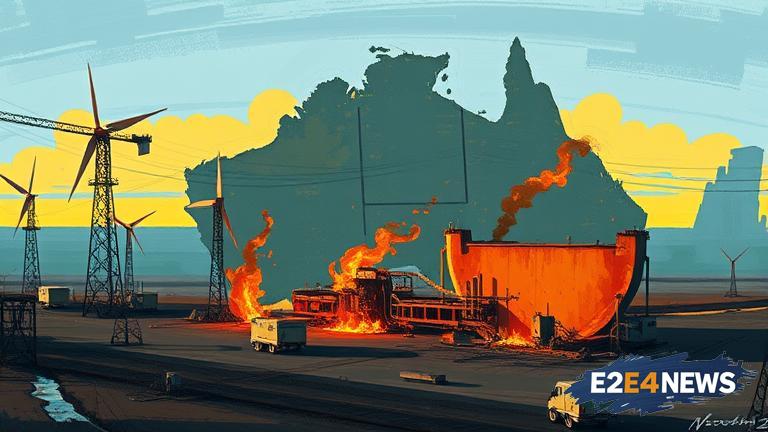Australia’s energy crisis has been a topic of discussion for several years, with the country struggling to find a balance between reducing its carbon footprint and ensuring a reliable supply of energy. The crisis has been exacerbated by the closure of several coal-fired power plants, which has led to a shortage of baseload power. This, in turn, has resulted in higher energy prices, making it difficult for businesses and households to afford. The Australian government has been criticized for its handling of the crisis, with many arguing that it has failed to provide a clear and effective energy policy. The opposition has been quick to capitalize on the issue, with Labor leader Anthony Albanese promising to take a more proactive approach to addressing the crisis. Despite the political rhetoric, the reality is that Australia’s energy crisis is a complex issue that requires a nuanced and multifaceted solution. One of the key challenges facing the country is the need to transition to a low-carbon economy, while also ensuring that energy supply is reliable and affordable. This will require significant investment in renewable energy sources, such as solar and wind power, as well as the development of new technologies to support the grid. However, the transition to a low-carbon economy will not be easy, and it will require careful planning and management to avoid disruptions to the energy supply. The Australian Energy Market Operator (AEMO) has warned that the country’s energy system is facing a ‘significant risk’ of power shortages, particularly during periods of high demand. The operator has called for urgent action to address the crisis, including the development of new energy storage technologies and the expansion of renewable energy capacity. The energy crisis has also had a significant impact on Australian businesses, with many struggling to cope with the rising costs of energy. Some companies have been forced to reduce production or even close down operations due to the high cost of energy, resulting in job losses and economic instability. The crisis has also had a significant impact on households, with many struggling to afford the rising cost of energy. The Australian government has introduced several measures to try and address the crisis, including the development of a new energy policy and the provision of funding for renewable energy projects. However, more needs to be done to address the crisis, and the government must work with industry and other stakeholders to develop a comprehensive and effective solution. The energy crisis is not just an Australian issue, but a global one, and it will require international cooperation and agreement to address. The Australian government must work with other countries to develop a global response to the crisis, and to share knowledge and expertise in the development of new energy technologies. In conclusion, Australia’s energy crisis is a complex and multifaceted issue that requires a nuanced and comprehensive solution. The government, industry, and other stakeholders must work together to develop a clear and effective energy policy, and to invest in the development of new energy technologies and infrastructure.
